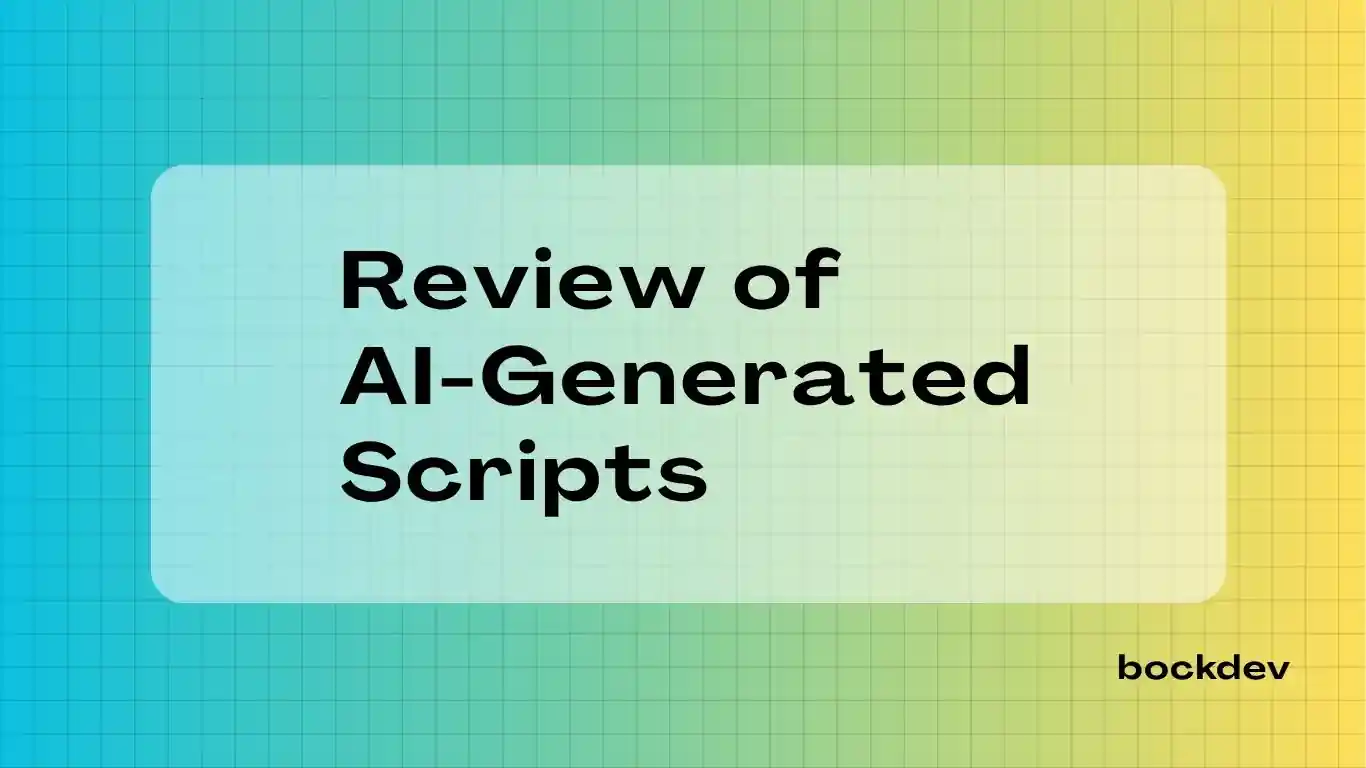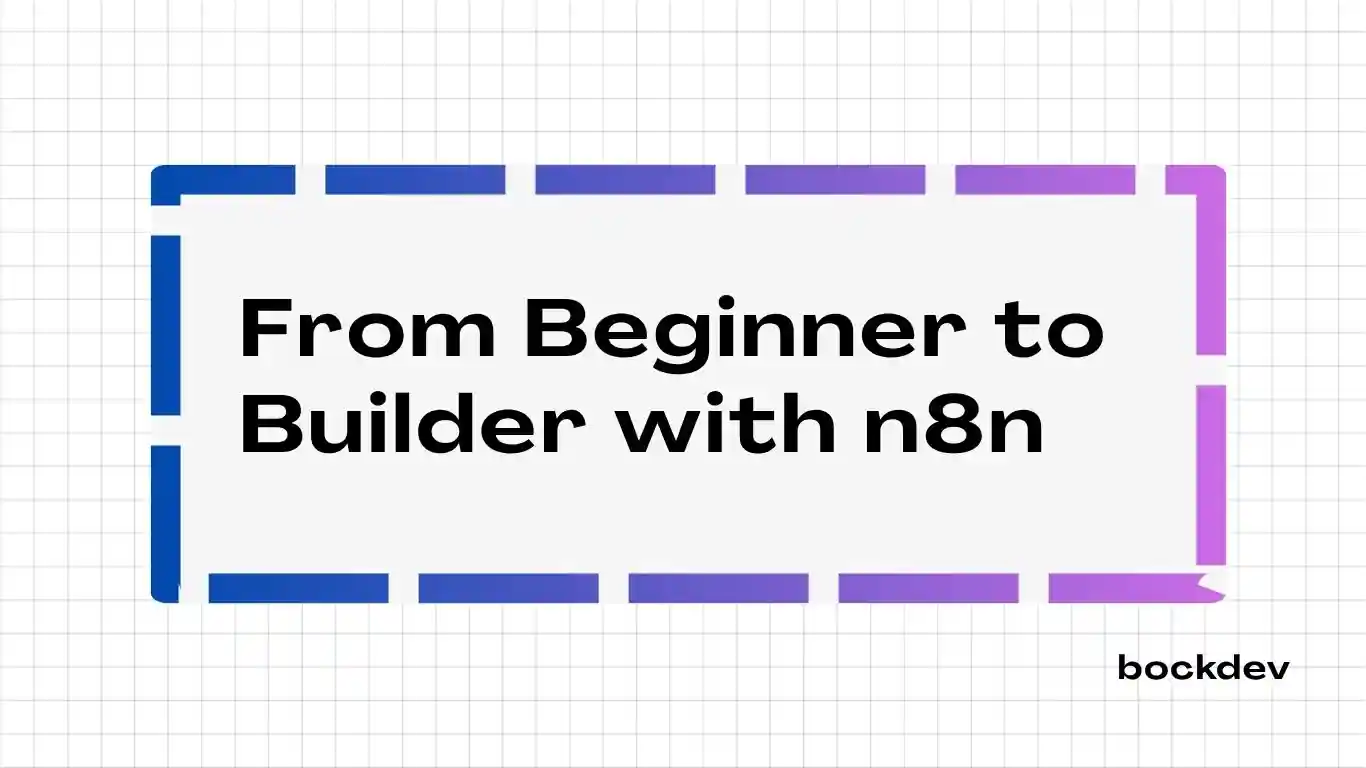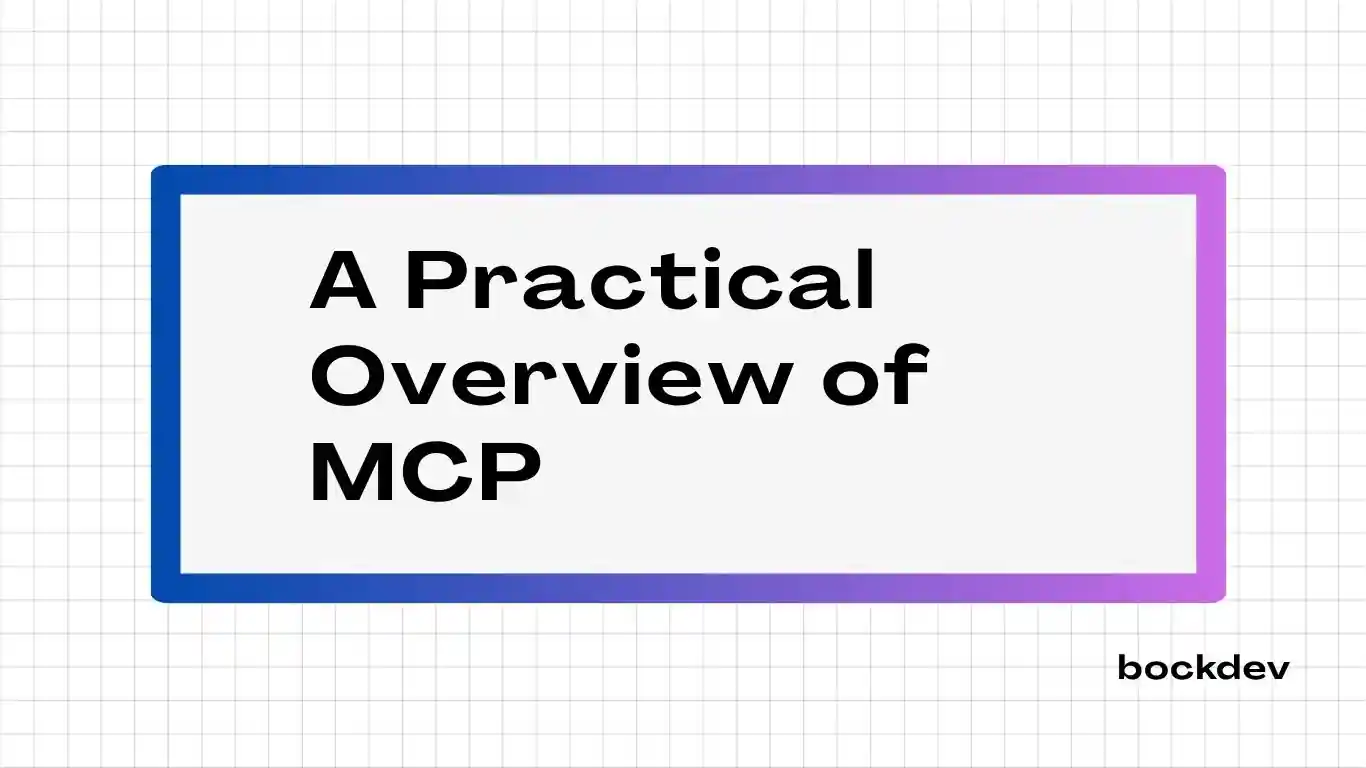
AI agents are rapidly reshaping digital interactions, from automating customer support to executing business workflows. According to McKinsey, 65% of organizations now regularly use generative AI in at least one business function. Gartner forecasts that by 2028, 33% of enterprise software applications will include agentic AI, and at least 15% of day-to-day work decisions will be made autonomously by these systems.
To build effective AI agents, it is essential to understand their types, features, and logic models. This guide covers the key aspects of AI agents, from their classifications to the technologies that power them.
Types of AI Agents
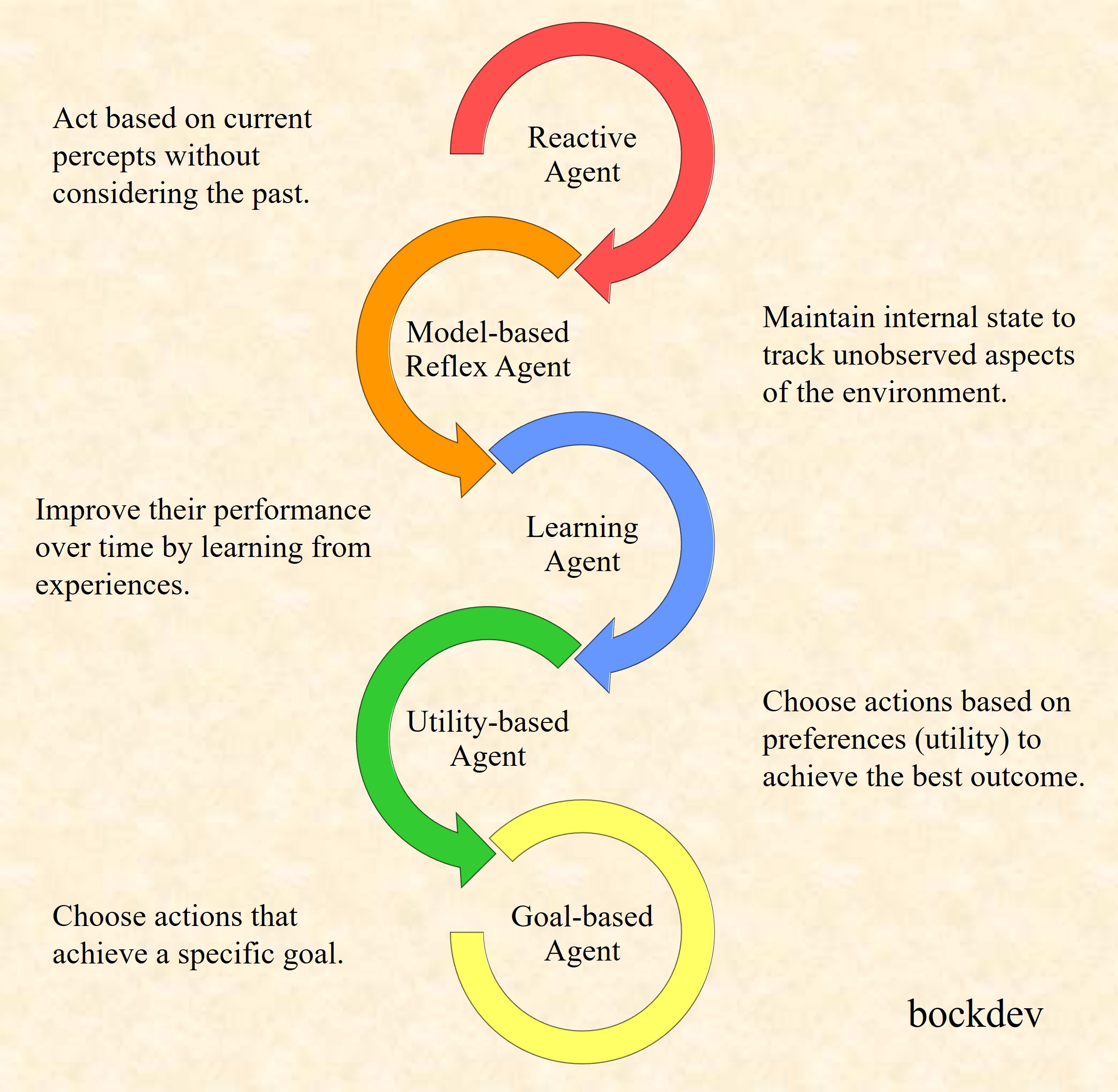
Reactive Agent
Reactive agents respond directly to current percepts without maintaining any internal memory of the past like sensors. They follow a set of condition-action rules which is fast and simple but limited in handling complex environments. For instance, a smart bulk that turns on when sunlight is detected and turn off at night.
Model-based Reflex Agent
These agents go beyond reactive behavior by maintaining an internal model of the world. This internal state helps them handle partially observable environments, allowing them to make more informed decisions by combining current percepts with past experiences. It's like Tesla's self-driving system scans streets, cars, and pedestrians to decide when to switch lanes, turn, or stop in order to reach its destination.
Learning Agent
Learning agents are capable of improving their performance over time by learning from past actions and outcomes. Consider a recommendation system like the Facebook feed adapts to a user’s preferences over time based on likes, shares, comments, and saved posts.
Utility-based Agent
These agents aim to maximize a utility function, which is a way of measuring preferences. They make decisions by evaluating potential outcomes and selecting actions that lead to the most desirable result. For example, an AI travel planner may choose places to visit based on transit time, cost, operating hours, and popularity. Another example is an online shopping assistant that recommends products based on relevance, price, buyer reviews, and delivery time to optimize user satisfaction.
Goal-based Agent
These agents are driven by specific goals and choose actions that move them closer to achieving those goals. Unlike Reactive Agent, they can evaluate different sequences of actions by predicting outcomes such as an AI fitness coach helps users achieve their goals by recommending personalized meals and workout plans.
Features of AI Agents
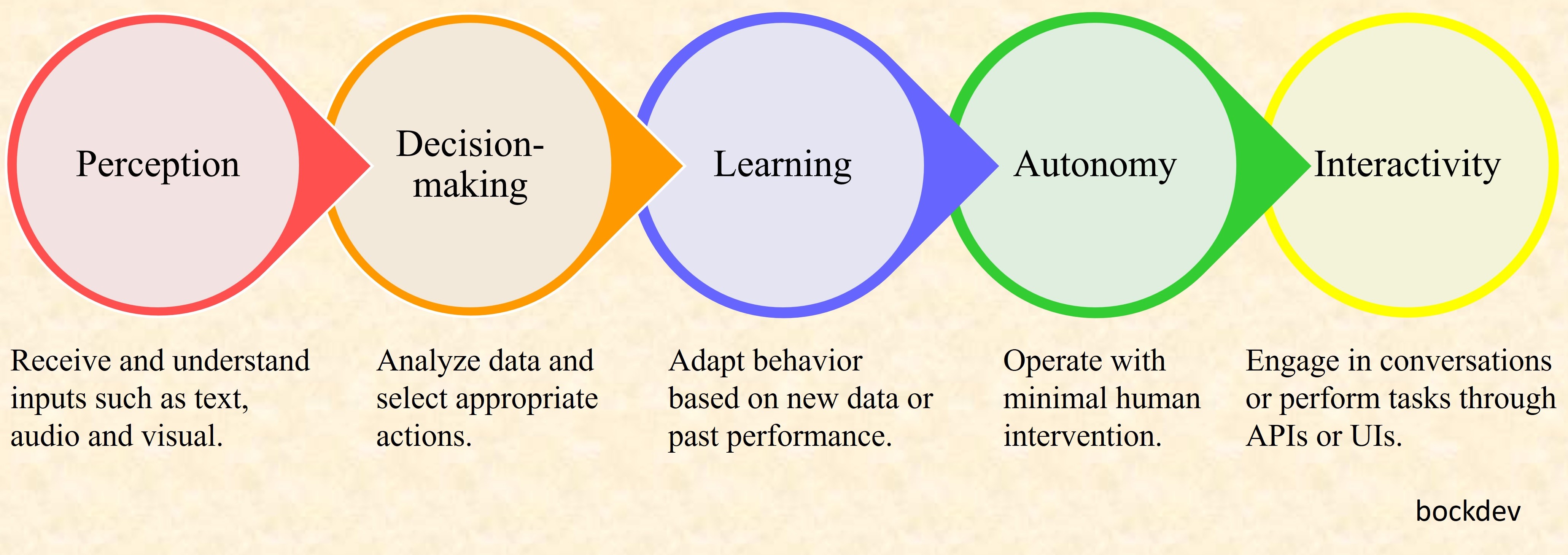
AI agents typically include the following features:
Perception – Receive and understand inputs such as text, audio and visual.
Decision-making – Analyze data and select appropriate actions.
Learning – Adapt behavior based on new data or past performance.
Autonomy – Operate with minimal human intervention.
Interactivity – Engage in conversations or perform tasks through APIs or UIs.
AI Agent Environment
AI agent environment is the context in which an AI agent perceives inputs, makes decisions, and takes actions. This environment defines the "world" around the agent, including the data it receives, how it acts upon that data, and the rules that govern those interactions.
Key components of an AI agent environment include:
Percepts: Data / inputs the agent receives from the environment.
Actions: The tasks the agent performs based on the inputs.
State: The current situation in which the agent operates.
Environment behavior: The rules that dictate how the environment responds to the agent’s actions.
Performance measure: The criteria used to evaluate how well the agent is performing its task.
Understanding the environment helps in designing smarter, more adaptive agents that perform better in real-world scenarios. So, let's review examples of business AI agents by area and how they handle real-world problems.
Examples of Business AI Agents by Area
AI agents are increasingly used across various business domains to automate tasks, improve efficiency and enhance decision-making. Here are examples of business AI agents by area.
| Area | Problem | Agent | Solution |
|---|---|---|---|
| Sales & Customer Relationship | Sales reps struggle to keep up with follow-ups and deal tracking | Sales Assistant Agent | Helps sales reps respond faster, manage follow-ups, and track deals. |
| Leads grow cold due to lack of timely engagement | Customer Engagement Agent | Interacts with prospects via chat, email, or calls to maintain relationships. | |
| Marketing | Inconsistent messaging weakens brand presence | Brand Marketing Agent | Generates or manages brand messaging across channels. |
| Marketing campaigns underperform without optimization | Campaign Optimization Agent | Analyzes and improves performance of marketing campaigns. | |
| Operations & Workflow | Manual processes waste time and increase human error | Task Automation Agent | Automates repetitive internal processes. |
| Complex workflows are hard to track and inefficient | Workflow Management Agent | Oversees and optimizes multi-step business processes. | |
| Finance & Analytics | Unexpected expenses and financial gaps go unnoticed | Financial Monitoring Agent | Tracks budget, cash flow, and alerts on financial anomalies. |
| Business decisions suffer from lack of accurate forecasting | Business Forecasting Agent | Predicts sales, costs, or revenue trends using data models. | |
| Human Resources | Recruiters spend too much time filtering candidates manually | Recruitment Agent | Screens resumes, schedules interviews and matches candidates. |
| New hires get overwhelmed or delayed during onboarding | Employee Onboarding Agent | Guides new hires through training, setup, and documentation. | |
| Executive & Decision Support | Leaders lack real-time data to align decisions with goals | Strategic Planning Agent | Assists leaders with decision-making insights and goal alignment. |
| Executives don’t have clear, actionable insights from raw data | Business Intelligence Agent | Collects, analyzes, and interprets business data for leadership. | |
| Supply Chain | Inventory shortages or excess stock disrupt operations | Inventory Management Agent | Tracks stock levels and automates reordering or alerts for low supply. |
| Unpredictable demand leads to over- or under-stocking | Demand Forecasting Agent | Predicts product demand based on trends, seasonality, or real-time data. |
General Steps of Building an AI Agent
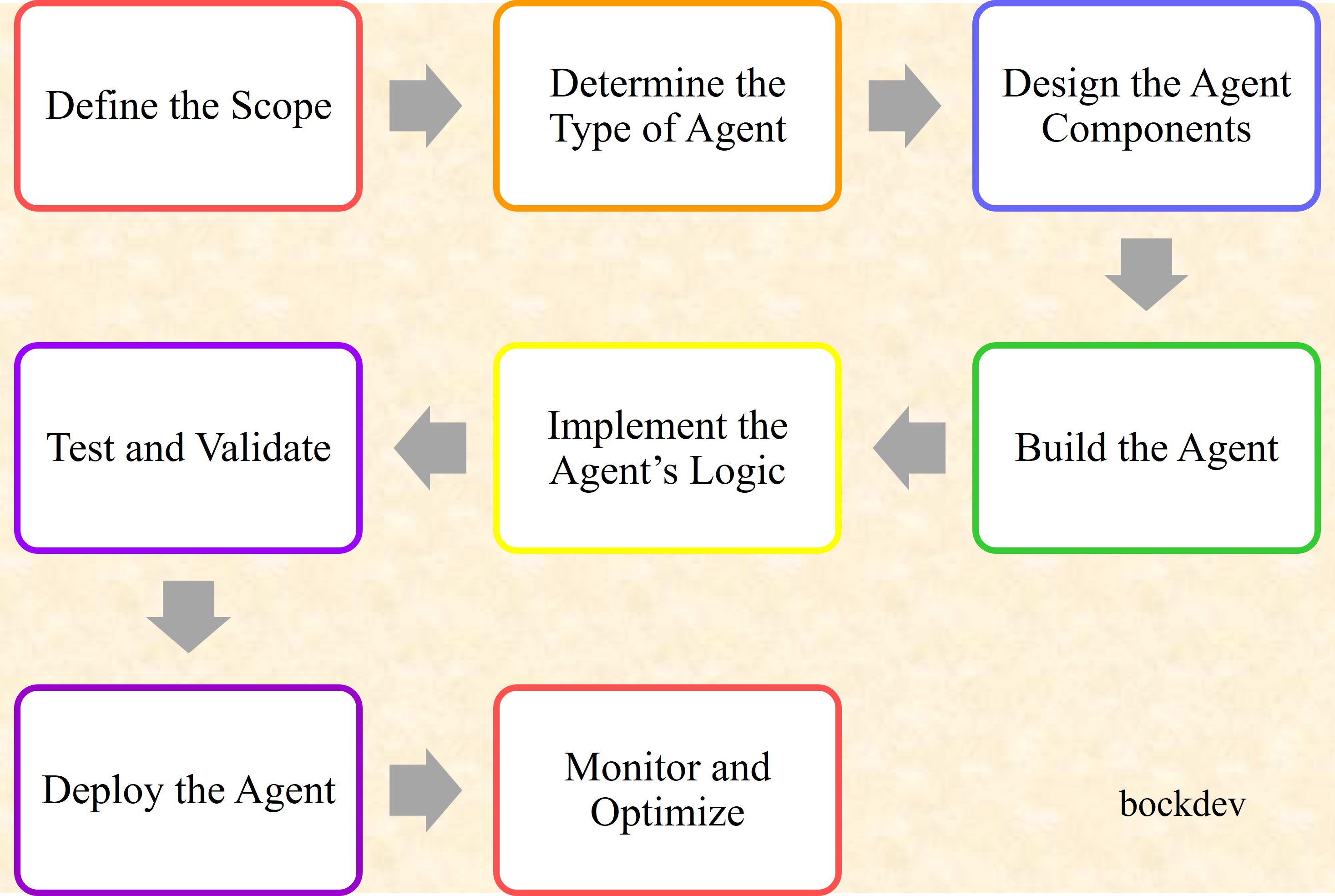
1. Define the Scope
Not only can you save time and simplify your process by defining the agent's scope, but you can also help it work more efficiently by keeping it focused on a specific area.
2. Determine the Type of Agent
Determine the type of agent based on its scope. Is it goal-based or learning-based?
For example, if you want to build an AI agent to help customers with hotel bookings, a goal-based agent would be suitable. Users typically provide inputs such as budget, location, and desired facilities. The agent then works by understanding the user's goal, evaluating available options, and choosing actions that lead to the best match.
3. Design the Agent Components
The general components of an agent consist of input, process, and output.
Input -> How does the agent receive input? It can be through a chat form or document uploads (e.g. images or files).
Process -> The agent can operate based on preset logic such as assisting with a refund if the user requests one or by allowing an LLM to decide the appropriate actions.
Output -> The output can be a response message, a call to a Slack API to notify staff, the initiation of another module (with its own input, process, and output) or feedback sent back to the model for improvement.
4. Build the Agent
You can build agents using tools like n8n, which offers drag-and-drop features with prebuilt nodes and templates, cloud platforms like AWS, Google Cloud, and Azure or frameworks like LangChain.
5. Implement the Agent’s Logic
Implement the agent’s logic using one of three approaches: rule-based (For ex: if-then rules), machine learning-based or a hybrid of both.
For instance, a hybrid AI chatbot on an e-commerce website can handle tasks like executing a refund process when a user asks about refunds, providing product details when a specific product is queried or recommending products based on the user's needs.
6. Test and Validate
Before deployment, test the AI agent to ensure it returns responses within the expected range.
For example, with a chat-based agent, make sure there are safeguards to block inputs containing sensitive keywords and to prevent outputs that include scam-related or sexually explicit content.
7. Deploy the Agent
To deploy the agent, you can host it on a server and embed it in a website via API, or integrate it into platforms like Slack and Discord (as Midjourney did).
Don’t forget to set up logging, error handling, and monitoring. These are essential for detecting model or service failures early.
8. Monitor and Optimize
The final step is to monitor performance and collect feedback or data to better understand your customers and use cases. This helps you determine whether the model needs to be optimized to align with user behavior and achieve your performance goals.
AI Agent Development Stack
n8n
A self‑hostable, low‑code workflow automation platform that integrates AI tasks into multi‑step workflows. It provides drag-and-drop feature to control nodes to build AI-enhanced agents. Check out From Beginner to Builder with n8n to learn more about using n8n.
AWS Bedrock
A fully managed generative AI service featuring top foundation models from Anthropic such as Claude Sonnet and Haiku. It includes flows, knowledge bases, and prompt management and supports deployment to SageMaker or serverless deployment on Lambda. This makes it ideal for production-ready generative AI applications.
OpenAI GPTs
Custom GPTs are AI agents built using OpenAI’s no-code interface. You can define behavior, upload files and give specific instructions to tailor them. A paid subscription is required to create them.
Google Vertex AI
Google Cloud’s generative AI platform. It includes Vertex AI Studio, Agent Builder and access to Gemini and other models. Supports prompt design, multimodal pipelines, video & media generation, deployment and prototyping.
Azure AI Foundry
Azure’s enterprise-grade platform for building, deploying, and managing agentic AI applications. It combines infrastructure, security, RBAC (role based access control), monitoring and access to OpenAI and other models.
LangChain
An open‑source framework for building LLM-powered applications using modular chains, retrievers, prompt tools and integrations. It supports the entire pipeline from prompt to production.
Conclusion
From understanding agent types and key features to exploring real-world examples, development environments, and step-by-step workflows, this guide has outlined the essentials for building effective AI agents. With the right tools and a well-structured development stack, you’re equipped to design, deploy and scale agents that deliver real value across use cases.

